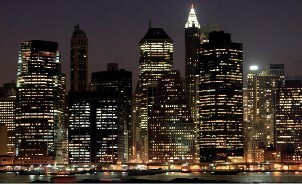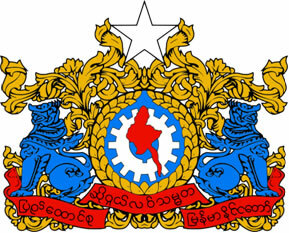O El Niño is a natural weather event that occurs in the Pacific Ocean, which can be defined as an abnormal warming of its waters, followed by a weakening of the trade winds. Such changes modify the climatic system of rain and heat distribution in different regions of the planet. Despite presenting a very simple description, its operation brings together a series of climatology concepts, which will be covered in this article in a question-and-answer scheme.
What is, in fact, the El Niño phenomenon?
The El Niño Southern Oscillation (ENOS) is a natural and cyclical change in the central and eastern portions of the Pacific Ocean. Fundamentally, there is a greater heating of its waters, of at least 1 degree Celsius, taking as reference the thermal average of this ocean, which is 23°C. His name refers to the baby Jesus, as his discovery is associated with the observations of fishermen and sailors Peruvians, who noticed the warming of the sea water and the consequent reduction in the amount of fish at the time of Christmas.
What are the origins of the phenomenon?
There is no single theory that defines the origin of El Niño, there are several hypotheses such as solar cycles, volcanic eruptions, seasonal build-up of warm water in the Pacific Ocean, and temperature drops in Asia Central. Paleoclimatic, historical, archaeological records and navigators' reports point to its occurrence over 500 years ago. These notes involve changes in wind forces, changes in the amount and intensity of rains, droughts, floods, fishing activities and agricultural production. El Niño is even related to the agricultural crisis that helped in the decay of the Mayan civilization.
How does El Niño develop?
First, it is important to understand the concept of atmospheric pressure: high pressure and low pressure. High air pressure can be defined as a layer of cold, dense air that moves towards the surface, a movement known as subsidence (descent) of cold air. This movement promotes the displacement of the winds towards low pressure zones, where the warmer and less dense air tends to rise (to rise), contributing to the formation of rain.
Do not stop now... There's more after the advertising ;)
Warming temperatures caused by El Niño influence the subtropical high pressure system, located at 30° latitude. The weakening of high pressures reduces the strength of the trade winds, which originate in this subtropical region. Trades are winds that blow from the tropics towards the equator, being responsible for carrying heat and humidity towards the equatorial areas. In the Pacific Ocean, they are fundamental for the occurrence of rainfall in Oceania and Southeast Asia.
What are the main consequences of El Niño?
El Niño alters the distribution of heat and humidity in different locations. In Oceania, especially Australia, and some islands in the Pacific, as well as countries in the Southeast Asia, like Indonesia and India, the normally wet summers end up having a reduction in the amount of rains. On the coast of South America and North America there is an increase in temperatures and, especially in the summer months, there is also an increase in rainfall and floods. For fishing areas in the eastern Pacific, such as Peru, Chile and Canada, El Niño can be dramatic, considerably decreasing the amount of fish according to the level of warming waters.
When did the strongest El Niño occur?
The strongest El Niño recorded by modern meteorological equipment was between 1982 and 1983, with a warming of approximately 6°C in the temperature of the Pacific Ocean. Its effects were catastrophic, with economic losses estimated at eight billion dollars. The floods and storms that hit the United States alone added up to two billion dollars in losses. Huge droughts have occurred in Indonesia, Australia, India and Southeast Africa. Australia has experienced numerous forest fires, crop failures and the death of millions of sheep from lack of water. Fishing in Peru resulted in half of the amounts fished in the previous year.
Julio César Lázaro da Silva
Brazil School Collaborator
Graduated in Geography from Universidade Estadual Paulista - UNESP
Master in Human Geography from Universidade Estadual Paulista - UNESP
Would you like to reference this text in a school or academic work? Look:
SILVA, Julius César Lázaro da. "El Niño"; Brazil School. Available in: https://brasilescola.uol.com.br/geografia/el-nino.htm. Accessed on June 27, 2021.


